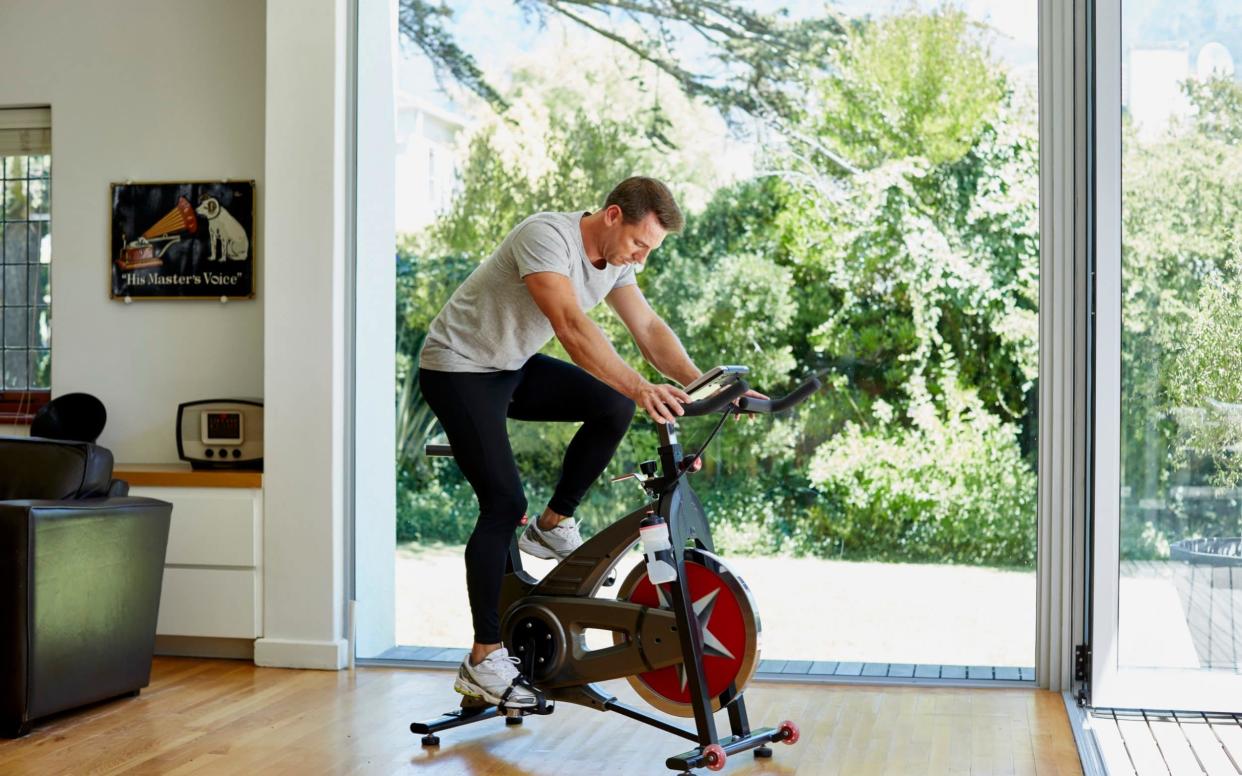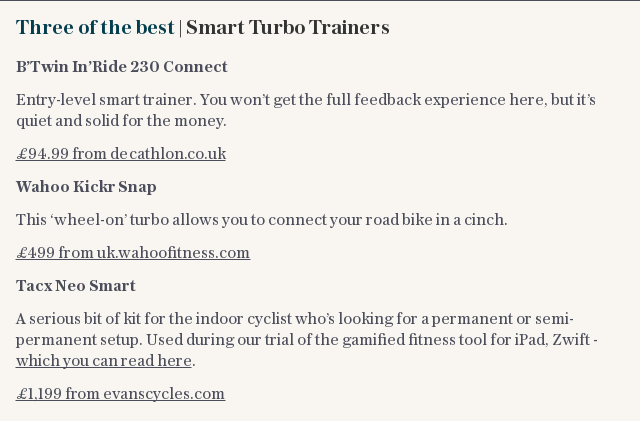The best home gym equipment

We Brits love a good gym membership. In fact, we love them so much that we waste an estimated £558 million every year on memberships we don't actually use.
Poor, neglected gyms. It's not like they're no good: for those who thrive off the social aspect of a workout, or want to avoid benching 100kg without someone to help if it goes awry, they provide a unique service.
But the reality is that for many time-stretched people, joining a gym provides a 'tick box' that distracts from the need to construct a meaningful exercise programme tailored to their specific needs and abilities.
For those people, home gym equipment is better. It's a cheaper and more convenient means of working out - and comes with the added boon of letting you hone technique with the help of family or friends.
(Side note: can you imagine Frank Underwood from House of Cards traipsing up and down to his local gym three times a week? A rowing machine in the basement frees up valuable time for Machiavellian scheming.)
It's important not to get carried away, of course. Owning flashy kit can breed complacency in much the same way as owning a gym membership. The key is to evolve your collection gradually in line with your personal development.
"It’s not about what you buy. It's about learning how to use it", confirms Born Barikor, founder of outdoor fitness initiative Our Parks and qualified fitness instructor.
"You might see an advert with models using the equipment and think: 'I want to be like that person'. But the first thing to ask yourself is what you’re actually trying to achieve from working out."
Barikor is a passionate advocate of kitting out your home with fitness gear - if it's done right. "Giving yourself a dedicated space to do exercise on can suddenly transform your mindset", he adds, in a paean to the often overlooked power of the humble exercise mat.
We spoke to Barikor about the best equipment for creating a workout programme built around you.
Starting out with entry level kit
BB: "A mat and a bottle of water is always the best starting point. With an exercise mat and hand weights you can do a full body workout and all the exercises you need to do.

"If you're doing it on carpet then the mat doesn’t have to be particularly thick, but if you’re working with a hard floor, don’t go for the cheapest mat. You need to feel comfortable when you kneel down, or do sit ups.
"Resistance bands are good. I’m actually from the era when we didn’t have those and we used old bike inner tubes instead - they did the trick!
"A medicine ball will allow you to start to isolate and target more areas. You can use it when you’re doing sit ups, squats and more compound movements."
Moving up to an intermediate level
"Pull-up bars which double up as push up bars can provide a full body workout. You can work your back, chest, shoulders, and legs by doing hanging leg raises.
"I'm a massive fan of rowing machines, but less of treadmills in the home. Running is something that you can go and do in your local park.
"Stationary bicycles can be effective, but if you have a bike already and you’re not using it, why not save money and get a turbo so you can use it indoors? You can take it outside when you're able to," says Barikor.
Sean James, a personal trainer based in Dubai and Barcelona, agrees. "A stationary exercise bike is my tool of choice for burning fat through cardio and HIIT (high intensity interval training). Not forgetting to watch what you're eating of course!"

"Gamification [through, for example, tablet apps connected to a turbo] is the best. It adds that social element that pushes you to go further," adds Barikor.
Building a more advanced set up
According to Barikor, "Squat racks, a bench press and an elliptical trainers are all effective if you’re confident about doing it at home by yourself, but do bear in mind that there’s always a safety aspect."
More advanced home gyms require space and money. The equipment you'll need depends on what you want to achieve, and it's worth seeking personalised advice from a specialist beforehand.
Squat racks, also called power racks, are a great all-round option. They function as mechanical spotters, allowing for free-weight exercises. "With this alone you can perform squats for legs, glutes and back, pull-ups for back and arms, and more", says James. "Add a bench press to your set-up to target chest, shoulders and arms and you will have all the tools for building a strong, muscular physique."
As always, a safety-first approach is recommended. "If you’re in your garage and you decide to bench a large weight then it's best to have someone spot you, unless you’re confident in your physical capability and your knowledge", concludes Barikor.

 Yahoo News
Yahoo News 
